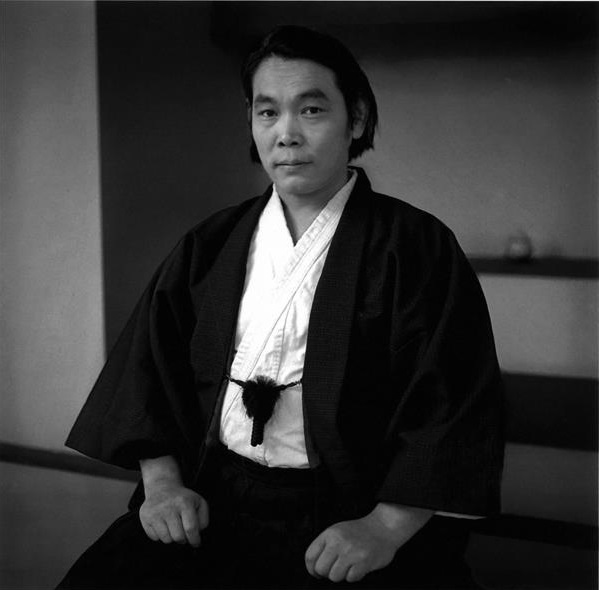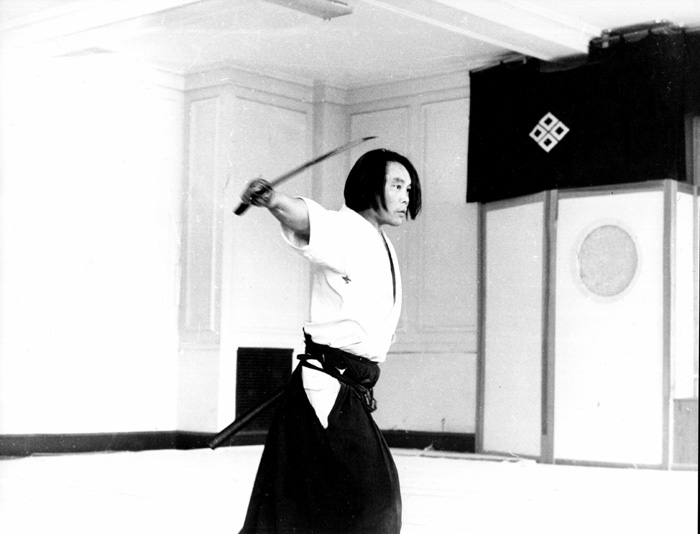Technical Aikido – Conclusion

Technical Aikido By Mitsunari Kanai, 8th Dan, Shihan Chief Instructor of New England Aikikai (1966-2004) Conclusion: Develop Eyes to Differentiate False and Truth Aikido is… At the core of the practice of Aikido, more than anything else, is a continuous hard training and disciplining of one’s body and mind in order to develop wisdom. In […]
Technical Aikido – Chapter 5 – Ukemi

Technical Aikido By Mitsunari Kanai, 8th Dan, Shihan Chief Instructor of New England Aikikai (1966-2004) Chapter 5 – Ukemi Part 1 In this chapter, I will not address the complexity of defense in general; rather I will limit my discussion mainly to the relationship of Uke to Nage (the “other” or “partner”) by focusing on […]
Technical Aikido – Chapter 4 – Relationship between Joints and Power, and How Power is Produced

Technical Aikido By Mitsunari Kanai, 8th Dan, Shihan Chief Instructor of New England Aikikai (1966-2004) Chapter 4 – Relationship between Joints and Power, and How Power is Produced Part 1 We will now examine the relationship between the body’s joints and power, and how correctuse of the body’s joints produces power.In examining this subject, we […]
Technical Aikido – Chapter 3 – Principle of Body Movement (UNTAI NO GENRI)

Technical Aikido By Mitsunari Kanai, 8th Dan, Shihan Chief Instructor of New England Aikikai (1966-2004) Chapter 3 – Principle of Body Movement (UNTAI NO GENRI) Much of the language typically used in descriptions of AIKIDO technique reflects an overemphasis on footwork. Some common expressions reflecting this overly restrictive viewpointinclude feet/leg movement (HAKOBIASHI), footwork (ASHISABAKI), and […]
Technical Aikido – Chapter 2 – Definition of AIKIDO as a Combat Technique (BUGI)

Technical Aikido By Mitsunari Kanai, 8th Dan, Shihan Chief Instructor of New England Aikikai (1966-2004) Chapter 2 Definition of AIKIDO as a Combat Technique (BUGI) It is important to know that AIKIDO includes a philosophy and ideas that go beyond BUDO. BUDO is a subset of AIKIDO, but AIKIDO is not a subset of BUDO. […]
Technical Aikido – Chapter 1 Training Methods

Technical Aikido By Mitsunari Kanai, 8th Dan, Shihan Chief Instructor of New England Aikikai (1966-2004) Chapter 1 – Training Methods One of the most basic, chronic, and perhaps inevitable problems in practicing AIKIDO, is that AIKIDO training can be reduced to an easy going exercise based on excessive compromise between the practice partners (NAGE and […]
Technical Aikido – Preface

Technical Aikido By Mitsunari Kanai, 8th Dan, Shihan Chief Instructor of New England Aikikai (1966-2004) Preface AIKIDO is… At the core of the practice of AIKIDO, more than anything else, is a continuous hard training and disciplining of one’s body and mind in order to develop wisdom. In the event of a confrontation, beast-like behavior […]
Fundamental Philosophy of Reigi

Fundamental Philosophy of Reigi The motivating principle of human survival, based upon the instinctual needs of food and sex, is power. The ability to effectively use power is crucial for the sustenance of life itself. The technology of fighting, pre-modern and modern, is an expression of this power, and the human race has survived to […]
TECHNICAL REQUIREMENTS

6th kyu (Rokukyu) 20 days of practice Gyuaku hanmi katatedori Sumi otoshi Gyuaku hanmi katatedori Shihonage exercise Gyuaku hanmi katatedori Hitoe iriminage Ryote dori Tenchinage Aihami katatedori Udekimenage Gyuaku hanmi katatedori Kokyunage 5em Kyu (Gokyu) 40 days of practice after 6th Kyu or-60 days of practice Shomenuchi Ikkyo (omote & ura) Shomenuchi ikkyo omote Shomenuchi […]
KANAI SENSEI INTERVIEW PART 2

Sensei, when instructing beginners in Aikido is it best to start from Katatetori attacks? Yes, because it is simple, basic, and applicable to all other attacks. As the partner starts to grab faster and faster, then it becomes almost like “tsuki”. It will become the same thing. What expectations does Sensei have of students? Everything […]